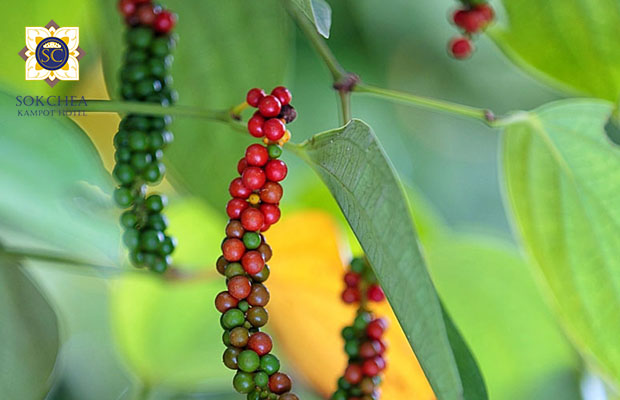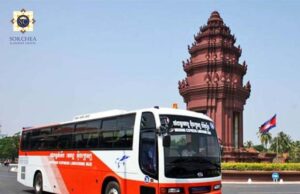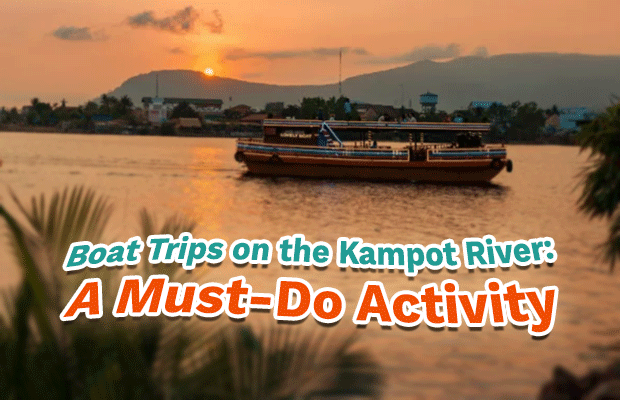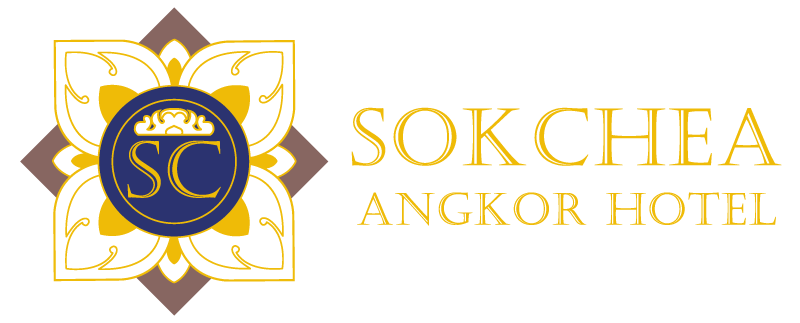As of May 2025, conservation efforts in Cambodia’s Kampot province continue to focus on the protection and study of the Indo-Pacific humpback dolphins, commonly known as pink dolphins. These dolphins are primarily found in the coastal waters of Kampot and Koh Kong provinces.
Population Monitoring and Conservation Efforts
Marine Conservation Cambodia (MCC), in collaboration with the Fisheries Administration (FiA) and local communities, has been actively monitoring the dolphin populations. Recent surveys have estimated the presence of approximately 40 to 46 pink dolphins and 20 to 30 Irrawaddy dolphins in the areas of Prek Tnaot, Trapeang Ropov, and Chhanghon within Kampot province . These efforts include the installation of sonar sensors to accurately track dolphin pods and the use of artificial habitats to support their growth .
Community Involvement and Ecotourism
Local communities have been instrumental in conservation activities. Fishermen are encouraged to report and release any accidentally captured dolphins. Additionally, community-led ecotourism initiatives offer boat tours for visitors to observe dolphins, seagrass beds, and other marine life, providing both educational experiences and alternative income sources for locals .
Challenges and Ongoing Research
Despite these positive developments, challenges remain. In April 2025, a pink dolphin was found dead off the coast of Kampot. While the cause of death remains undetermined, such incidents highlight the need for continued vigilance and research to ensure the protection of these endangered species .
Overall, the collaborative efforts between conservation organizations, government agencies, and local communities have contributed to the ongoing protection and study of pink dolphins in Cambodia’s coastal regions.












